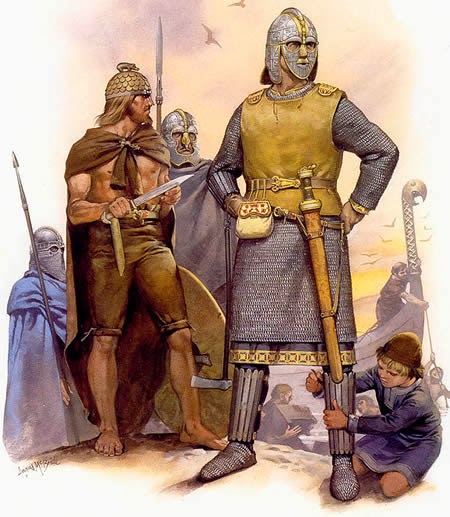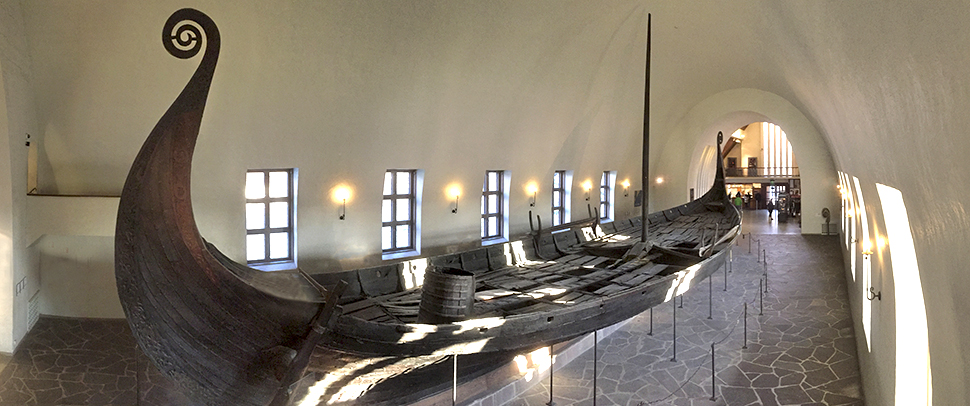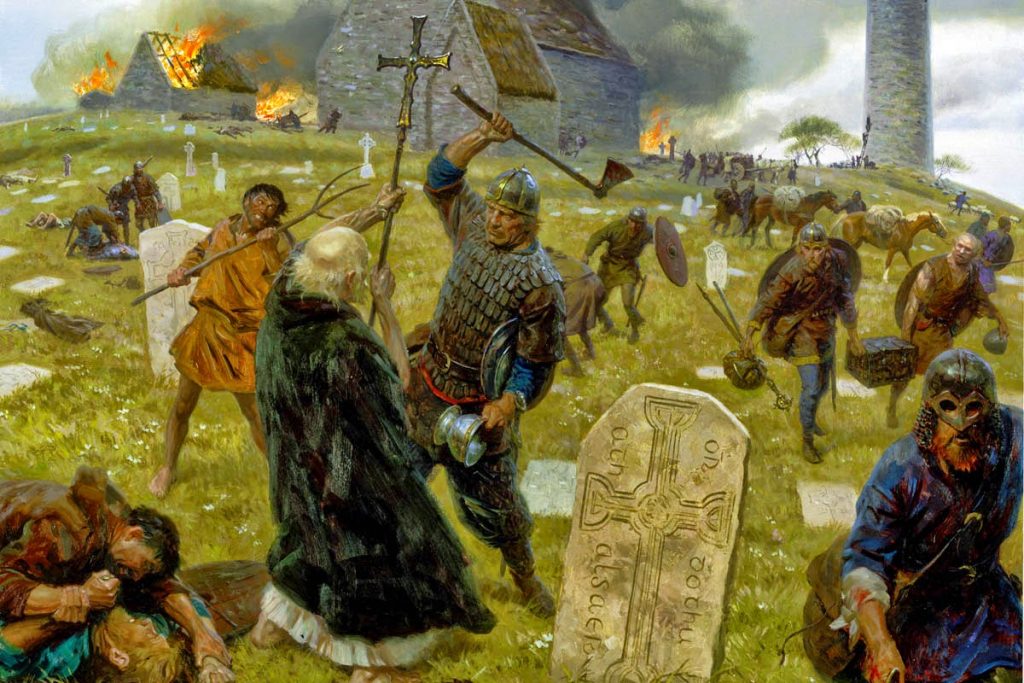The Barbaric Squalls of the North
Following the collapse of the Roman Empire, Britain was faced with oppression from barbaric tribes. Among these tribes were the Scots and Picts, but the wild cards of this ordeal were the Vikings and the Anglo-Saxons.

Obtained from http://epicworldhistory.blogspot.com/2013/10/anglo-saxon-culture.html
Anglo-Saxon history dates back to the 3rd century AD, where Saxon raiders sailed across the North Sea to raid settlements on the southeast coast. Defences were strengthened to prevent raids only to fail in 367 AD during the ‘Barbarian Conspiracy’- involving a united raid of Picts, Scots, and Saxon groups. This united force temporarily shook the foundations and shattered the British army.
Early Anglo-Saxons groups to set foot in Britain soil weren’t entirely Anglo-Saxon as tribal affiliation for Germanic tribes were not too strict. Thus, groups would involve people from other Germanic groups. Some even had names influenced by Celtic origins.
The Germanic Anglo-Saxons favoured great skill and courage in combat. They originally followed pagan beliefs, with concepts such as unavoidable destiny (or fatalism) and the human ability to manipulate the supernatural. Eventually, they would be forced to convert into Christian faith, specifically because of the British Christians who looked down upon paganism.

Obtained from https://www.khm.uio.no/english/visit-us/viking-ship-museum/
Anglo-Saxons would thrive until the rise of the Vikings, who sought the opportunity of the wealth gained by the germanic group while beginning to bring British land under their control.
Originating from Scandinavia, the Vikings (from ‘vikingr’ , Norse term for sea-rover or pirate) sailed onwards to the upper region of the British Isles. Their advances weren’t easily hindered, due to the Vikings’ use of oar-powered longships as the draft of the vessels was shallow- allowing them to land on flat beaches. This also enabled them to initiate raids without being noticed beforehand.
It is a presumption that the Vikings were motivated by sudden population blooms in Scandinavia and the fall of the Frisians, thus they were pressured and they resorted to the art of raiding. Utilizing hit-and-run tactics, they were quick on their feet and pillaged settlements before defences can retaliate.

Obtained from https://vikinghistorytales.blogspot.com/2013/10/802-vikings-sacked-and-burned-iona.html
Initially, they set their eye on locations along the coast, and on one instance- they raided the coastal monastery of Lindisfarne in 793AD as well as Iona in 795AD. Churches and monasteries were common targets due to the absence of defences and an abundance of loot.
The Vikings continued to raid in 840AD, but now alongside a mutual interest for settling onto Britain soil and in larger groups. Eventually settling on the isles of Scotland, the northern, eastern regions of England (as a result of the non-cooperative nature between the British and Irish nations), and as aforementioned, land occupied by the Anglo-Saxons.
WORKS CITED
- “The Saxon Shore.” The Hutchinson Unabridged Encyclopedia with Atlas and Weather Guide, edited by Helicon, 2018. Credo Reference, https://ezproxy.capilanou.ca/login?url=https://search.credoreference.com/content/entry/heliconhe/the_saxon_shore/0?institutionId=6884. Accessed 25 Sep. 2019.
- “Vikings.” Encyclopedia of Warrior Peoples & Fighting Groups, edited by Paul K. Davis, and Allen Lee Hamilton, Grey House Publishing, 3rd edition, 2016. Credo Reference, https://ezproxy.capilanou.ca/login?url=https://search.credoreference.com/content/entry/greywarrior/vikings/0?institutionId=6884. Accessed 25 Sep. 2019.
- Anglo Saxon. (2018). In Helicon (Ed.), The Hutchinson unabridged encyclopedia with atlas and weather guide. Abington, UK: Helicon. Retrieved from https://ezproxy.capilanou.ca/login?url=https://search.credoreference.com/content/entry/heliconhe/anglo_saxon/0?institutionId=6884
- Burns, William E. “Anglo-Saxons.” World History: A Comprehensive Reference Set, edited by Facts on File, Facts On File, 1st edition, 2016. Credo Reference, https://ezproxy.capilanou.ca/login?url=https://search.credoreference.com/content/entry/fofworld/anglo_saxons/0?institutionId=6884. Accessed 25 Sep. 2019.
- “The Scourge of the North: The Vikings in Britain.” The Hutchinson Unabridged Encyclopedia with Atlas and Weather Guide, edited by Helicon, 2018. Credo Reference, https://ezproxy.capilanou.ca/login?url=https://search.credoreference.com/content/entry/heliconhe/the_scourge_of_the_north_the_vikings_in_britain/0?institutionId=6884. Accessed 25 Sep. 2019.